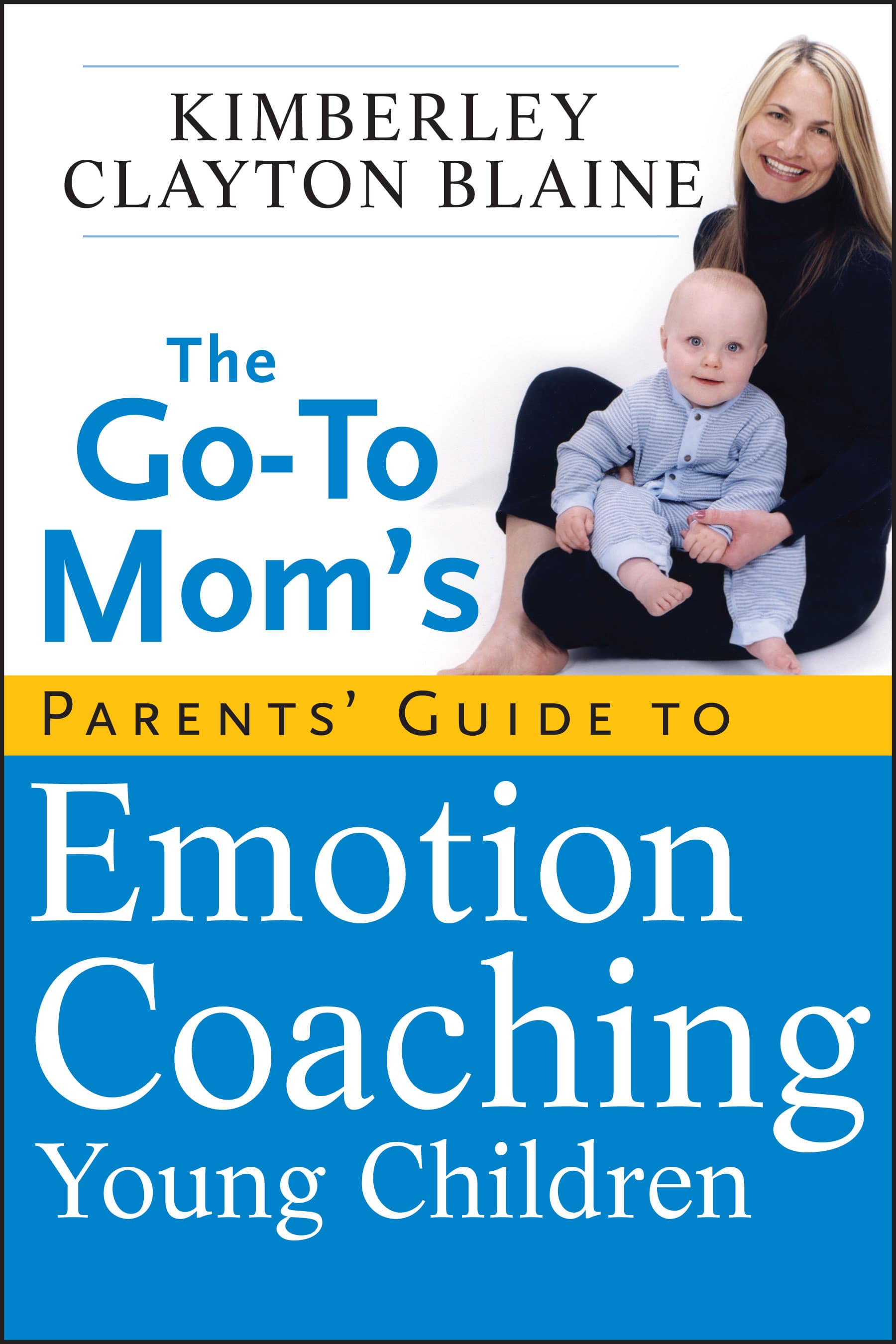Just added a great new title to my MomTastic bookshelf: The Go-to Mom’s Parents Guide: Emotion Coaching Your Young Children. The author, Kimberley Clayton Blaine, advocates a “time-out” on time-outs and offers more effective alternatives. “As parents, we’ve all been there. When the kicking, screaming, and other tantrum-y behaviors start, the easy fix is often a threat (or an order) to go to time-out,” she explains. Makes sense, huh? However, she cautions that “kids subjected to repeated time-outs may develop poor emotion control because they are left alone without support and validation when they need it most.” Rather, she proposes “empathy” as a true foundation for more effective parenting such as a “cool-down” or “thinking time” instead for kids older than two. For babies under two, Blaine recommends distraction and redirection.
The author shared some great strategies with The Lounge, but before I list those, here’s a quick video interview she did with Dad Labs:
So, let’s assume your child is older than two and you’re ready to kick the old-school habit of time-outs to the curb. The following steps teach you how to use a cool-down or thinking time successfully:
1. Get down at your child’s level. Be sure to maintain good eye contact; give a warning and ask if what she is doing is “okay” or “not okay.”
2. If your child doesn’t calm down or stop the unacceptable behavior, then lead him to a “quiet area” or “thinking area.” Sit with him and offer assistance and love. Remember, this is not a punishment.
3. Be aware that time is not important—having your child calm down is. Disregard the “one minute times your child’s age” stance that most use as a guide. Don’t give a five-year-old “five minutes to think”; sometimes the older child needs only a minute or two to come up with a better solution. On the other hand, a younger child may need to cuddle or sit with you for ten minutes until she’s calm.
As you’re sitting there, empathize, validate, and reflect what you see. An understood child is less likely to be fraught.
4. Once your child is calm, ask him to tell you “what’s wrong” or “what’s going on.” Restate the problem again more clearly if he has difficulty.
5. Ask your child, “What will you do differently next time?” Name the expected behavior if she doesn’t know.
6. Thank your child for helping you come up with a solution. It’s important that he hears this positive reinforcement.
7. Set the expectation for the future by wrapping up with, “If you don’t listen next time, what will happen?” Inform your child that you will take actions to help and that you will not tolerate unacceptable behavior.
“Responding to your child in a reasonable, calm, and patient manner is absolutely vital in building a connection,” says Blaine. “And, after all, connection is the key ingredient in helping guide our children. Punishment, on the other hand, forces a disconnection that undermines the goal of helping them someday become independent.”







Leave A Comment